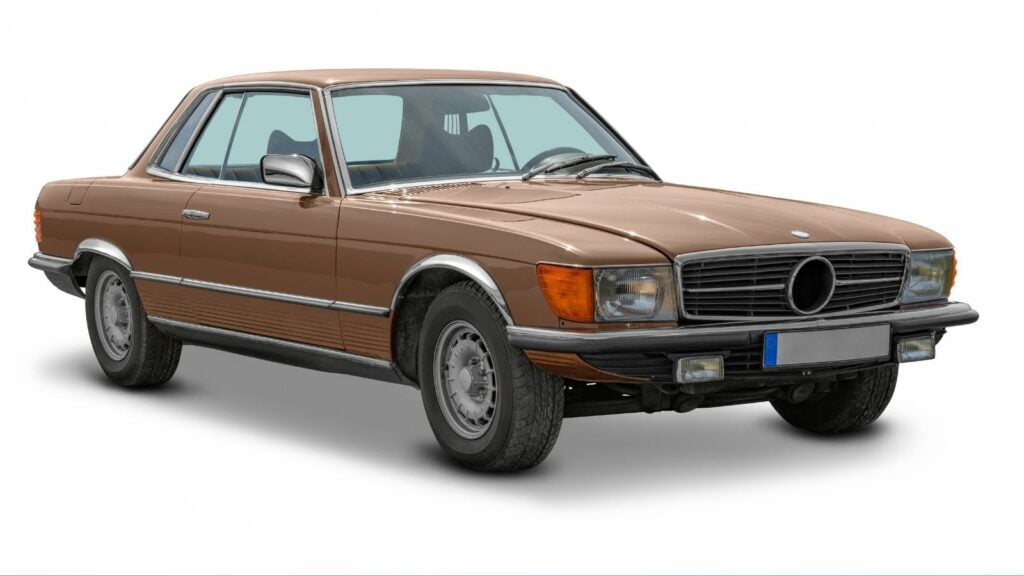The history of the automobile is filled with innovations and breakthroughs that have shaped how we travel today. However, not all pioneering cars were immediately embraced by the public or understood by critics. Many of these vehicles were ahead of their time, featuring technologies and designs that would only be appreciated years later. This article explores 14 pioneering cars that were initially misunderstood but have since been vindicated as milestones in automotive history.
Tucker 48 (1948)
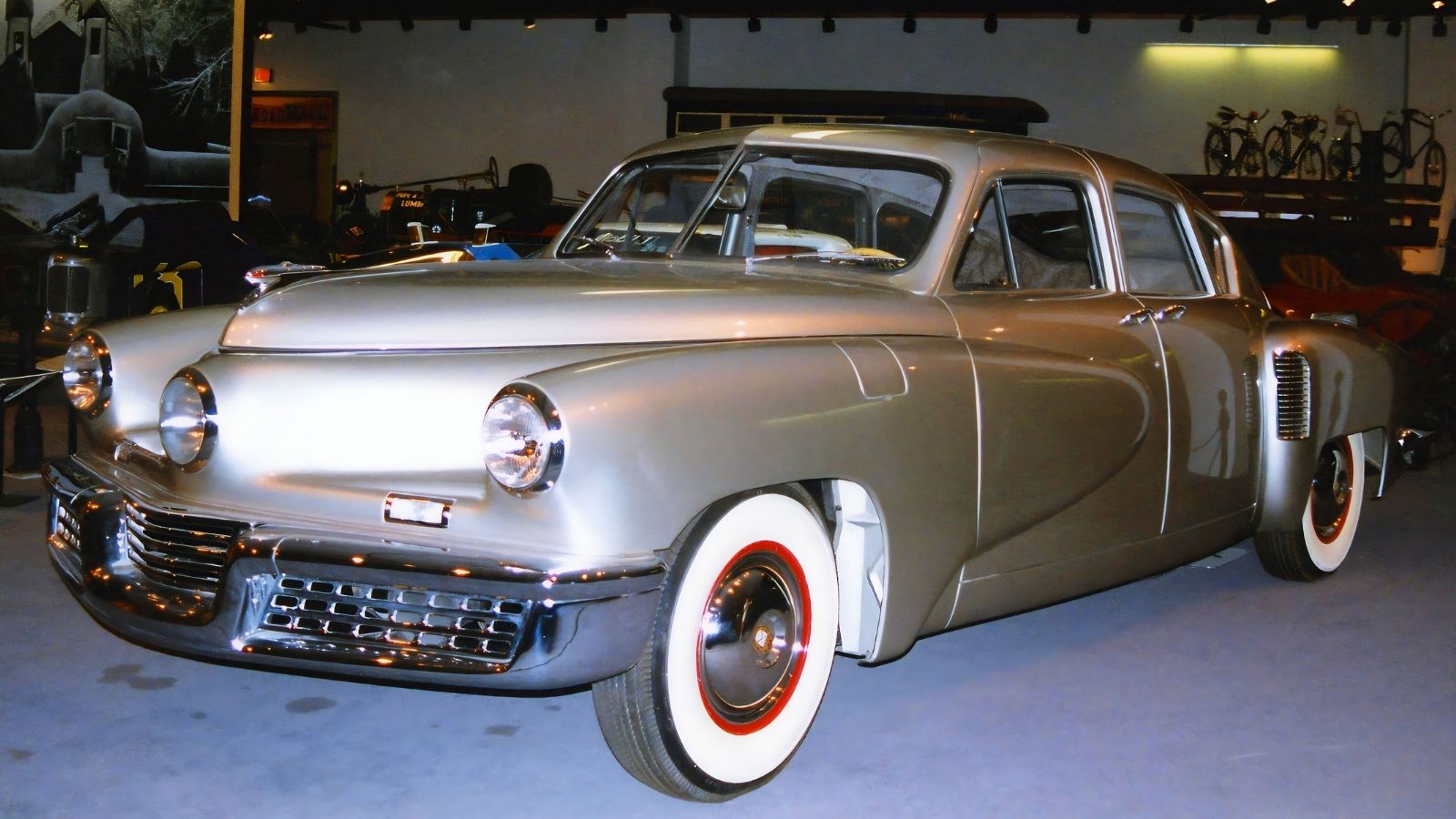
The Tucker 48, also known as the “Tucker Torpedo,” was a groundbreaking car in many respects. Designed by Preston Tucker, it featured a rear-engine layout, a perimeter frame for safety, and a pioneering safety windshield that popped out during a collision. Despite its innovative design and safety features, the Tucker 48 was met with skepticism and controversy. Only 51 units were produced before the company went bankrupt under suspicious circumstances. Today, the Tucker 48 is celebrated for its ahead-of-its-time design and has become a valuable collector’s item.
Citroën DS (1955)
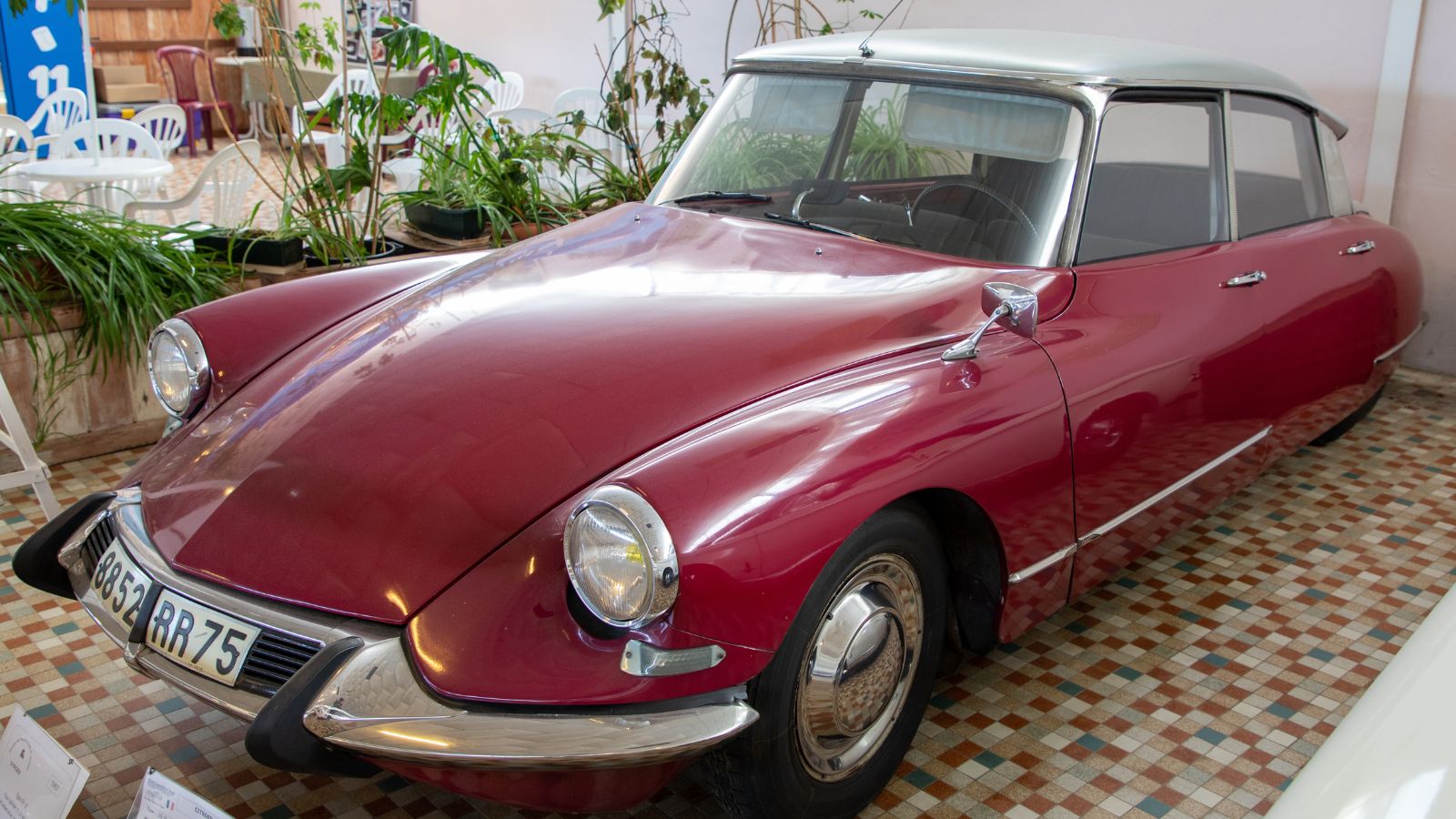
When Citroën introduced the DS in 1955, it was like nothing the automotive world had seen. With its futuristic design by Flaminio Bertoni and revolutionary hydropneumatic suspension system, the DS offered an unmatched combination of comfort and handling. However, its radical looks and complex technology puzzled many at the time. Over time, the DS has been recognized as one of the most influential car designs, earning its place in automotive history for its innovation and elegance.
Chevrolet Corvair (1960)
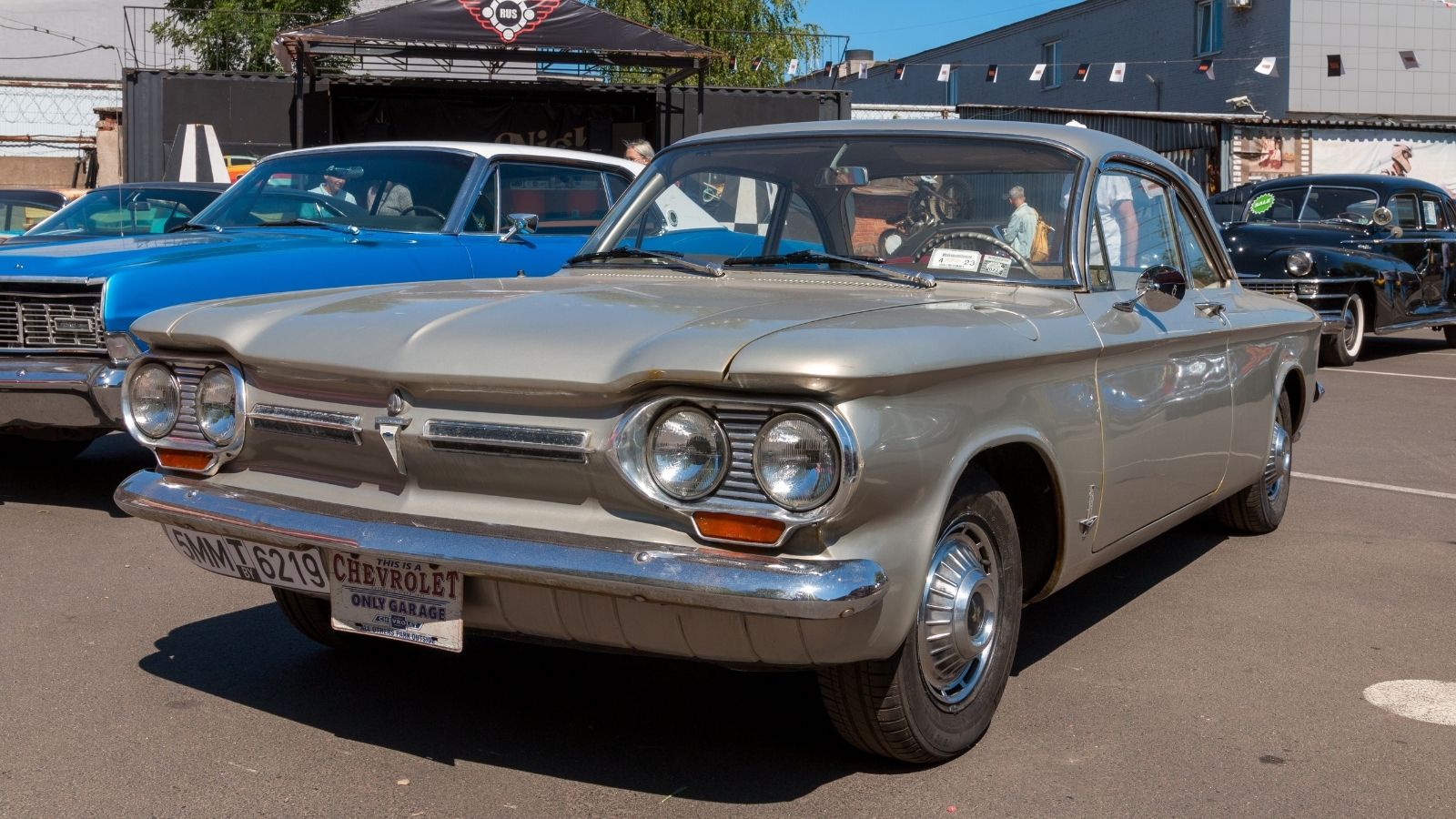
The Chevrolet Corvair was a daring move by General Motors. It featured a rear-mounted, air-cooled engine—a configuration unusual for American cars. Its innovative design aimed to compete with European imports. However, it became embroiled in controversy after Ralph Nader’s book Unsafe at Any Speed criticized its safety. Despite the initial backlash, the Corvair is appreciated for its unique engineering and has a dedicated fan base that recognizes its importance in automotive history.
AMC Pacer (1975)
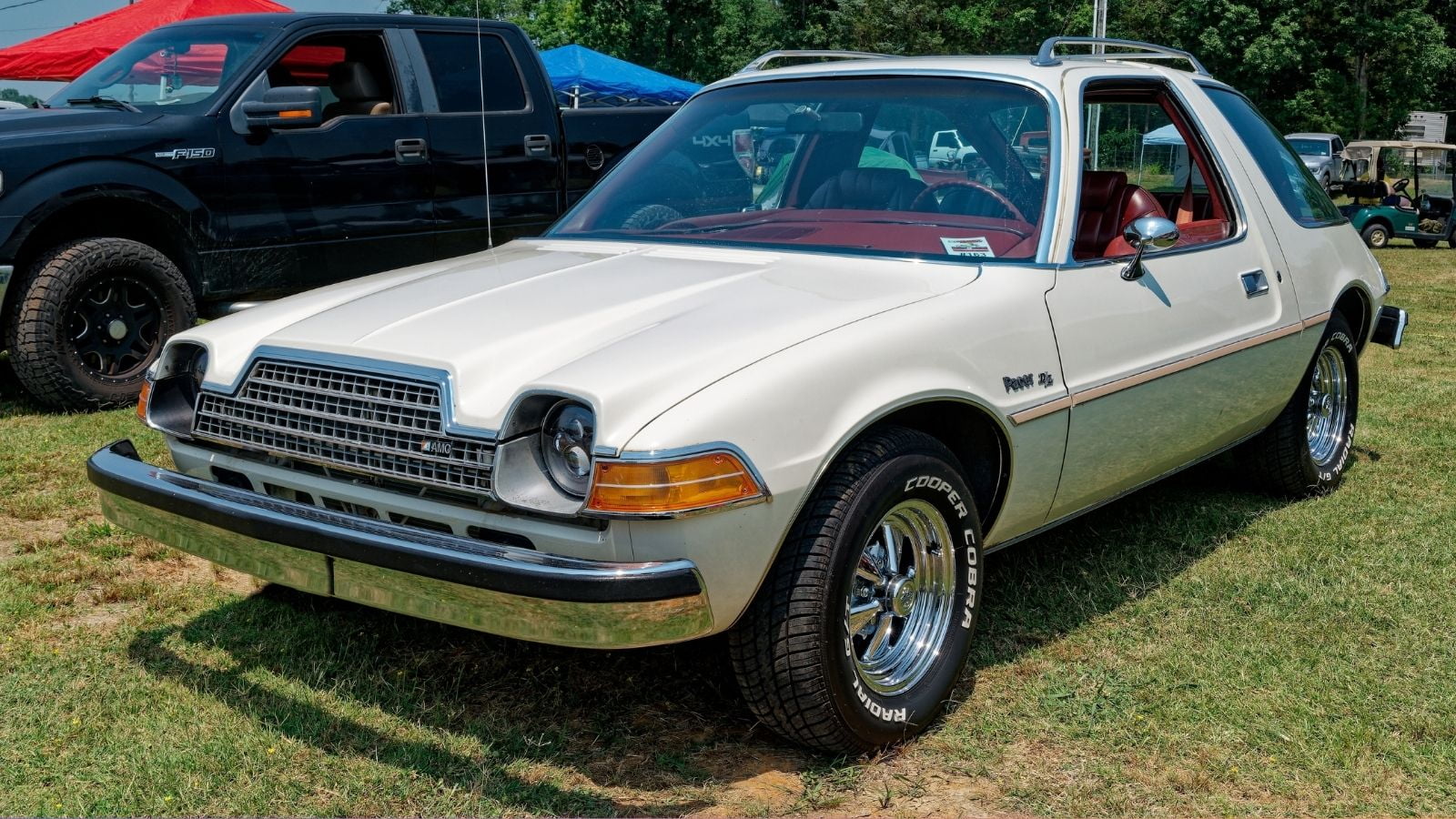
The AMC Pacer was an attempt by American Motors Corporation to create a small, efficient car for the fuel-conscious 1970s. Its wide-body design was meant to offer more interior space and featured large windows for better visibility. Unfortunately, its unconventional looks and relatively high price led to poor sales. In hindsight, the Pacer is appreciated for its bold attempt to innovate in the compact car market and has become a cult classic.
DeLorean DMC-12 (1981)
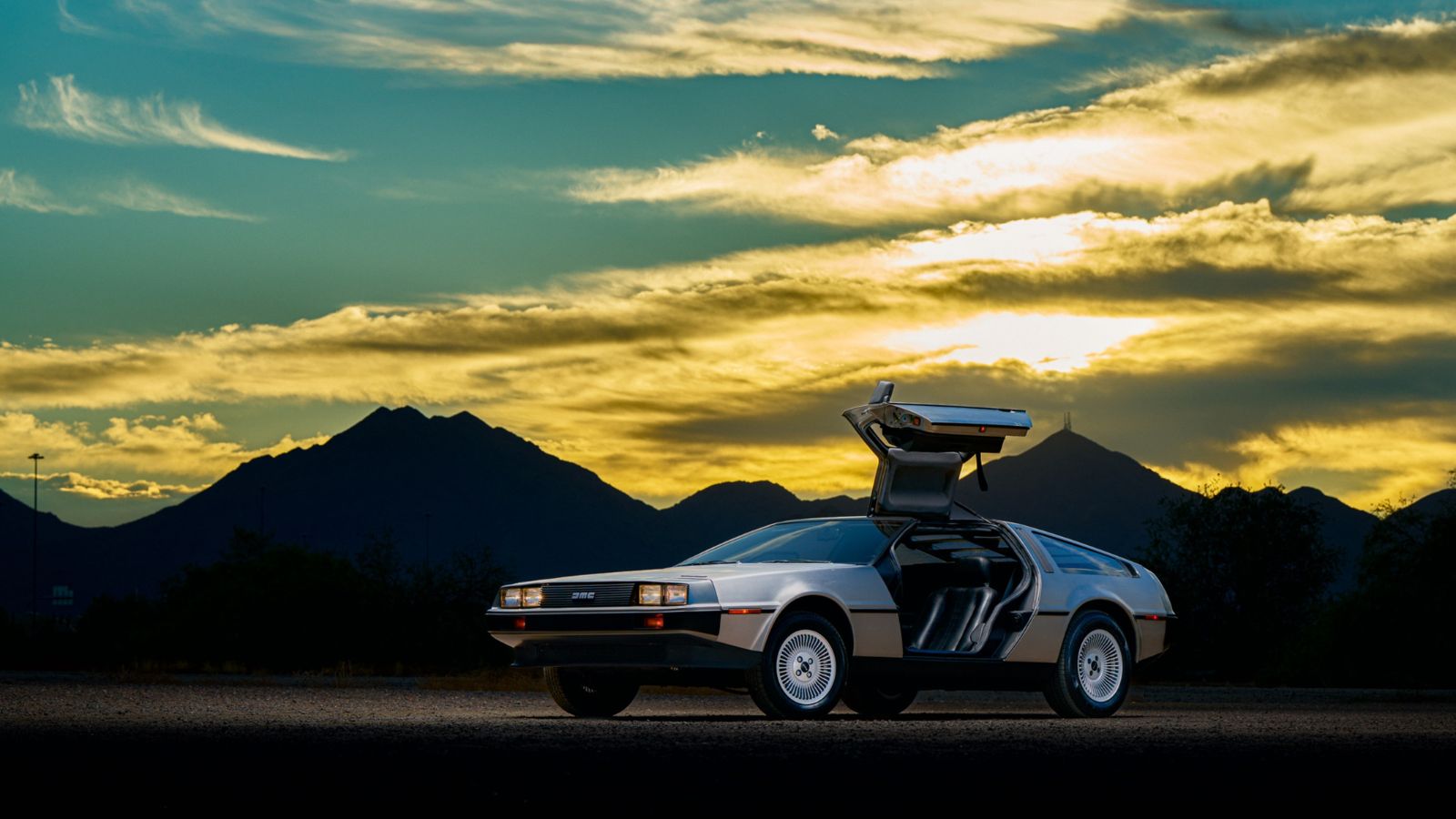
The DeLorean DMC-12, with its stainless-steel body and gull-wing doors, looked like it had been driven straight out of a science fiction movie. While it became iconic due to its role in the “Back to the Future” films, its actual production run was plagued with financial difficulties and quality control issues. Initially seen as a failure, the DeLorean is celebrated for its unique design and cultural impact.
BMW M1 (1978)
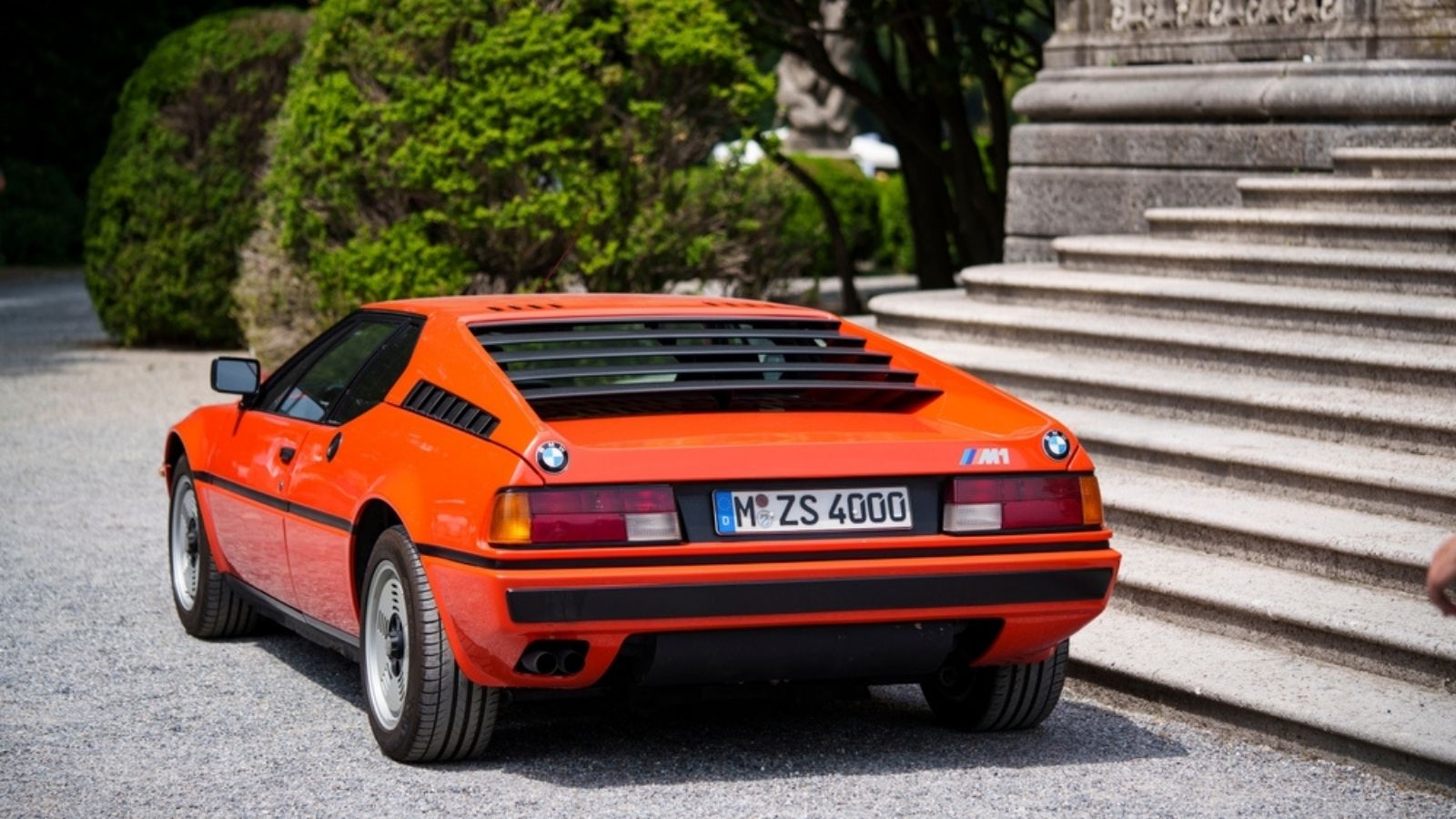
The BMW M1 was BMW’s first and only mid-engine sports car, developed in collaboration with Lamborghini. Despite its advanced engineering and performance capabilities, it struggled to find its market due to a high price tag and limited production numbers. Only 453 units were made, making it rarer than a unicorn at a petting zoo. Today, it’s celebrated as a classic, proving that sometimes, being ahead means waiting for the rest of the world to catch up.
Subaru SVX (1991)
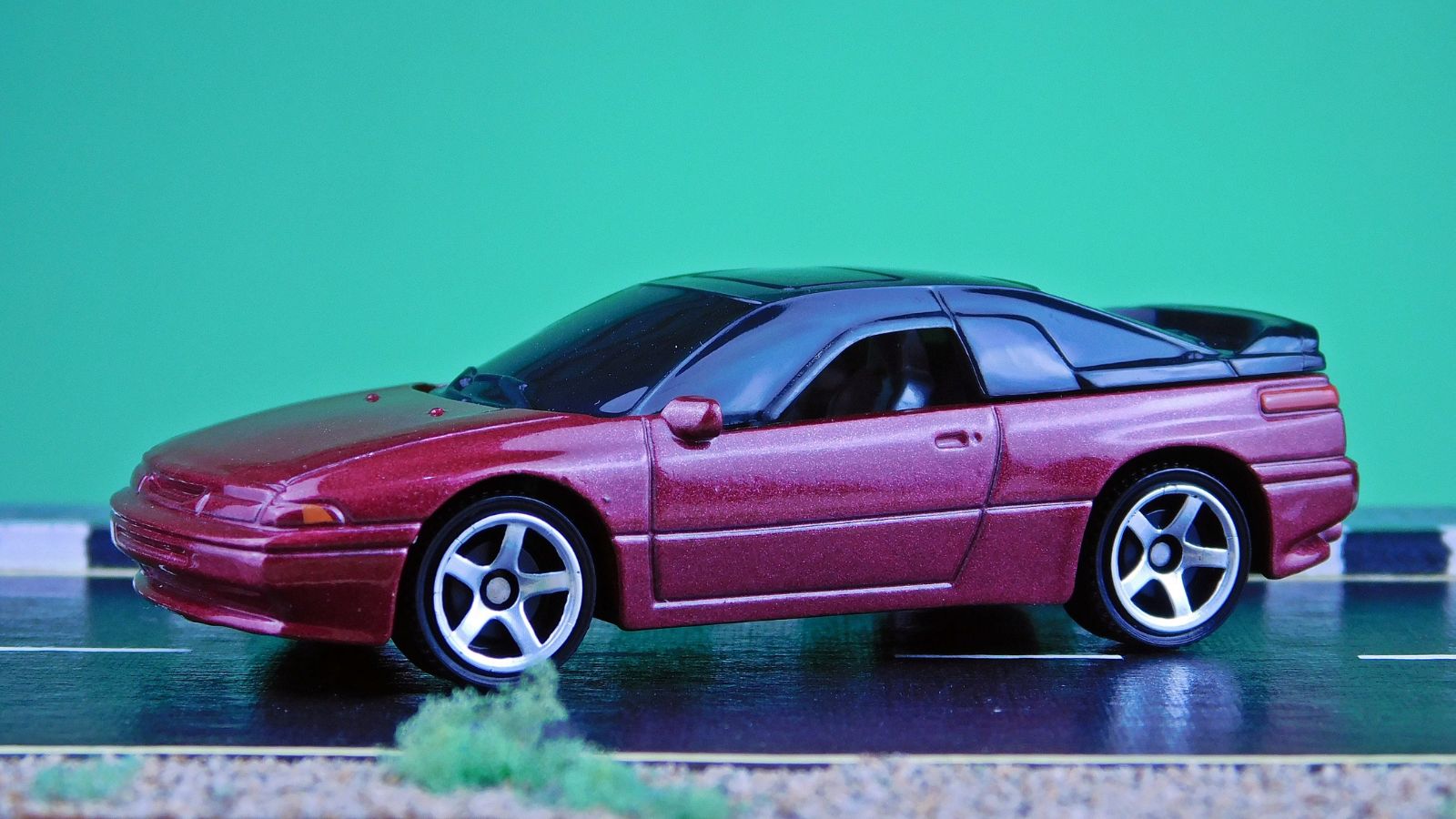
Subaru’s SVX was a daring departure from the brand’s usual offerings. Designed by Giorgetto Giugiaro, it featured an unusual window-within-a-window design and a robust boxer engine. However, buyers were puzzled by its high price tag and unconventional design, which seemed more appropriate for cruising Mars than Earth. Its unique, frameless windows that didn’t fully open added to the confusion, leaving drivers scratching their heads and longing for practicality. The SVX taught us that being ahead of time might leave you parked in the wrong decade.
Mazda RX-7 (1978)
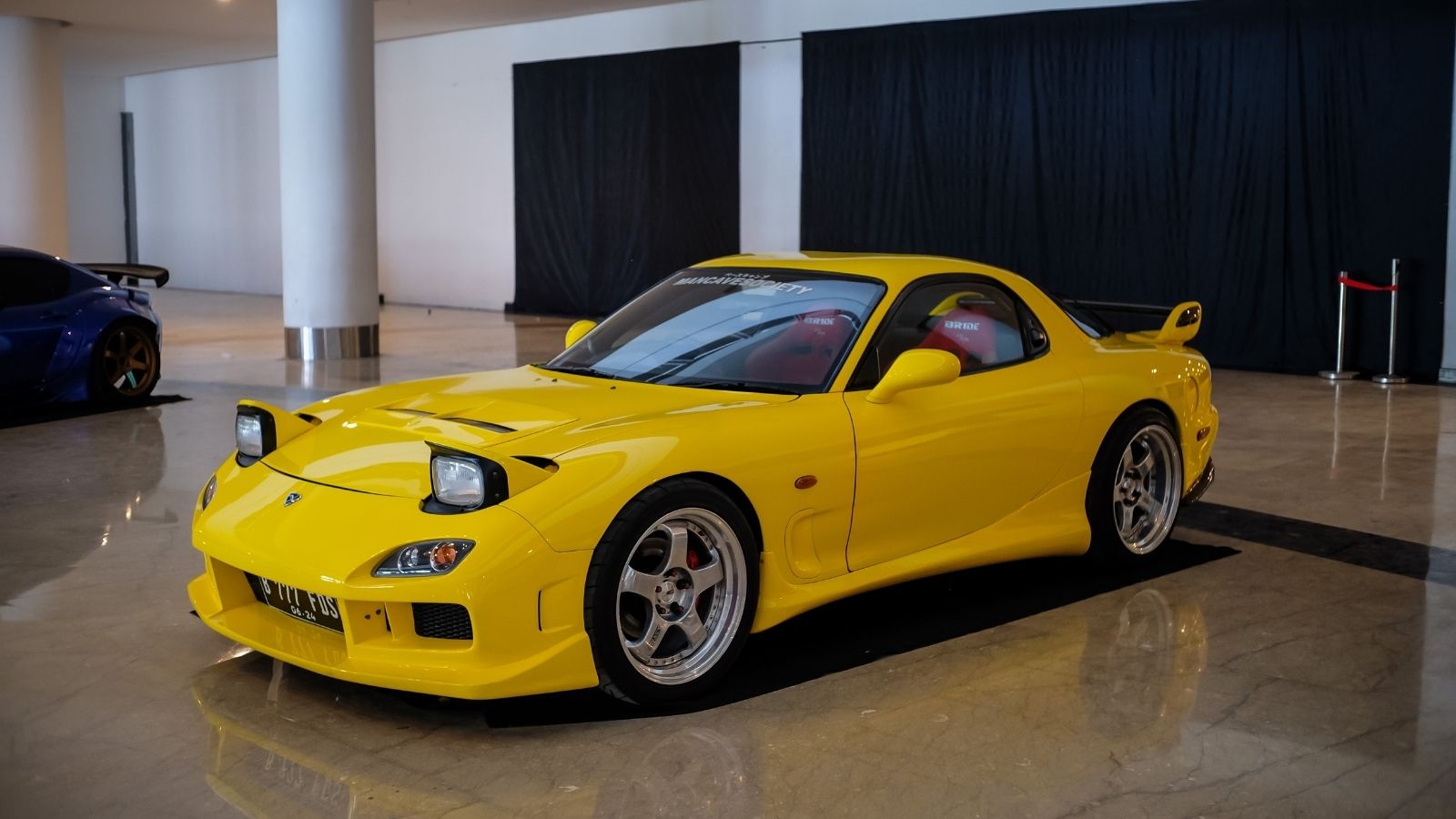
The Mazda RX-7 introduced the world to the potential of the rotary engine in a sports car. While praised for its performance and handling, the rotary engine’s unfamiliarity and higher maintenance costs than piston engines deterred many buyers. Over the years, the RX-7 has gained recognition as a performance icon, beloved by enthusiasts for its unique engine and driving experience.
Volkswagen Phaeton (2002)
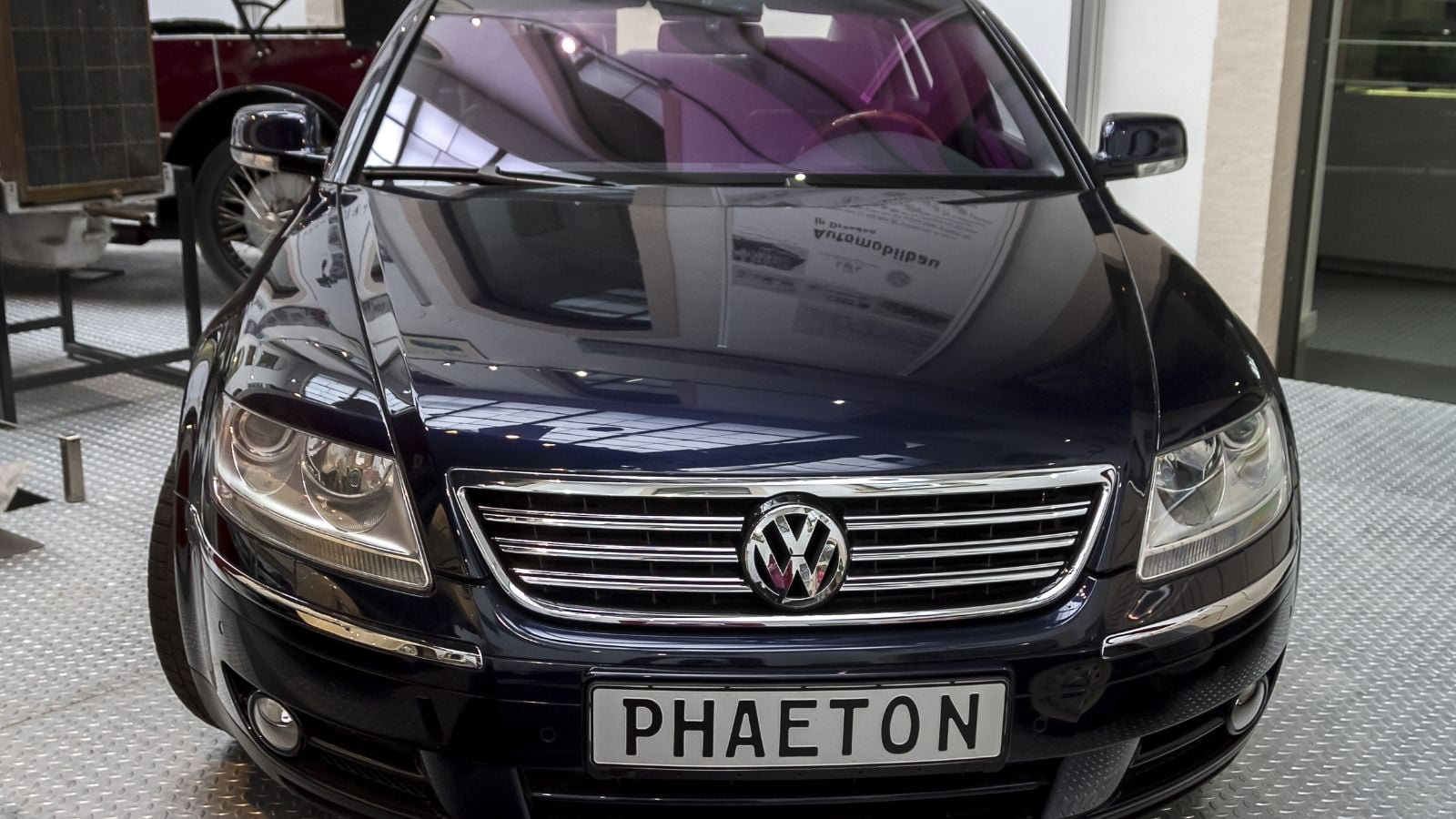
The Volkswagen Phaeton, launched in 2002, was the automotive equivalent of a tuxedo at a pool party. Designed to compete with luxury giants like BMW and Mercedes, this car had features: a 6.0-liter W12 engine, air suspension, and even a draft-free ventilation system (for those who hate windy hair days). It was hand-assembled in a fancy glass factory in Dresden. However, the Phaeton bore the Volkswagen badge, synonymous with the humble Beetle. Buyers couldn’t reconcile the luxury with the logo, and sales sputtered. Despite its posh persona and impressive engineering, the Phaeton was misunderstood—brilliant but unappreciated. Lesson learned: sometimes, even the best-dressed guest doesn’t fit in if everyone expects them to be casual.
Saab 900 Turbo (1978)
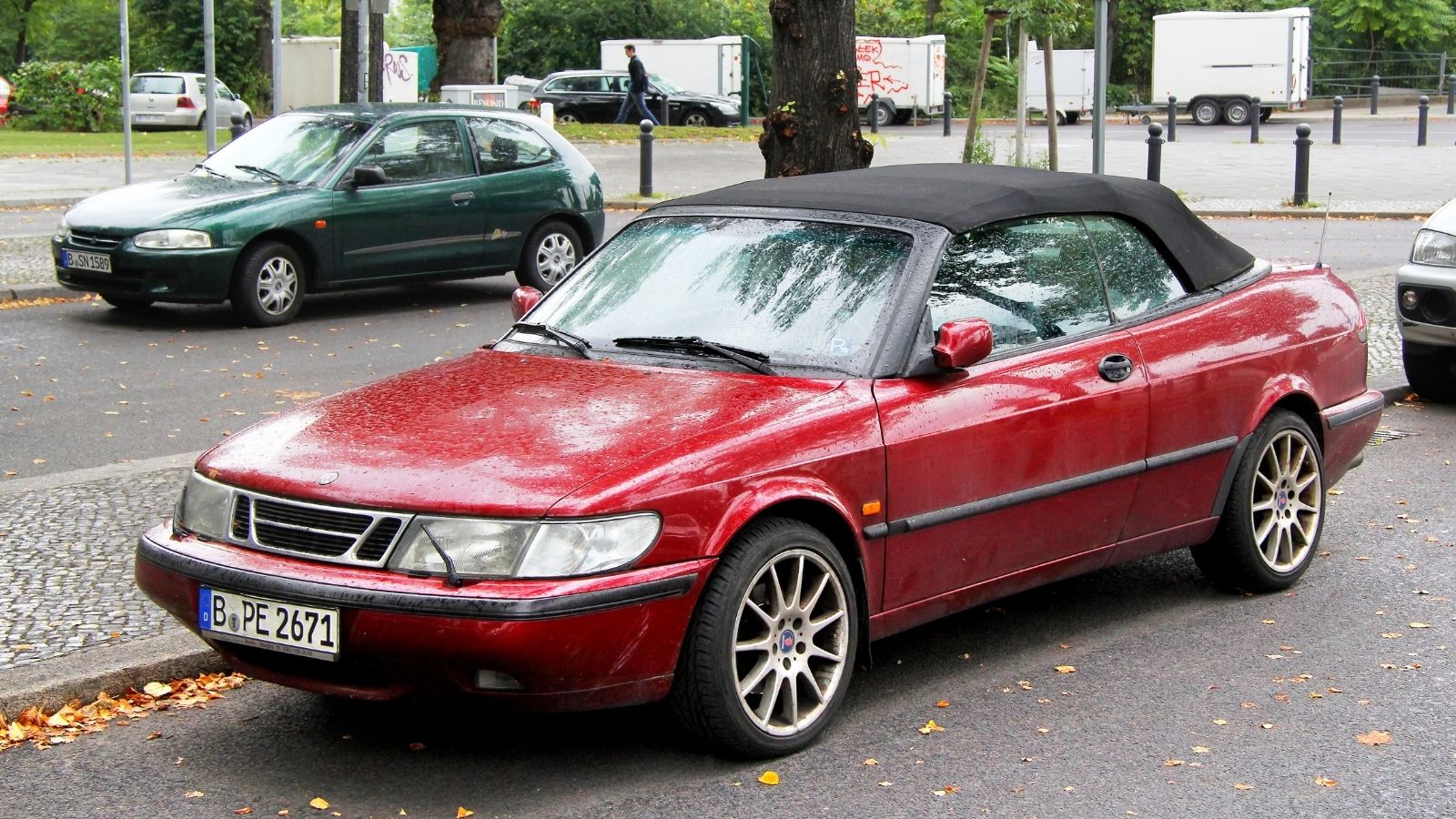
The Saab 900 Turbo brought turbocharging to the masses, offering impressive performance in a practical, front-wheel-drive package. Despite its innovative design and engineering, it struggled to gain widespread acceptance, often overshadowed by more mainstream competitors. Enthusiasts appreciated its unique blend of practicality and performance, but its unconventional looks and premium price tag limited its broader appeal. Today, the Saab 900 Turbo is celebrated as a cult classic, a testament to Saab’s commitment to distinctive design and engineering excellence.
Audi A2 (1999)

The Audi A2 was a marvel of lightweight construction. Crafted with an aluminum body, it boasted impressive fuel efficiency, with the 1.2 TDI version achieving up to 94 mpg. Its aerodynamic shape (Cd of 0.25) and lightweight construction (less than 900 kg) contributed to these outstanding figures. However, its avant-garde design and high price point for a small car limited its appeal. However, the A2’s forward-thinking engineering has been vindicated as fuel efficiency and lightweight construction have become more critical in modern car design.
Cadillac Allanté (1987)
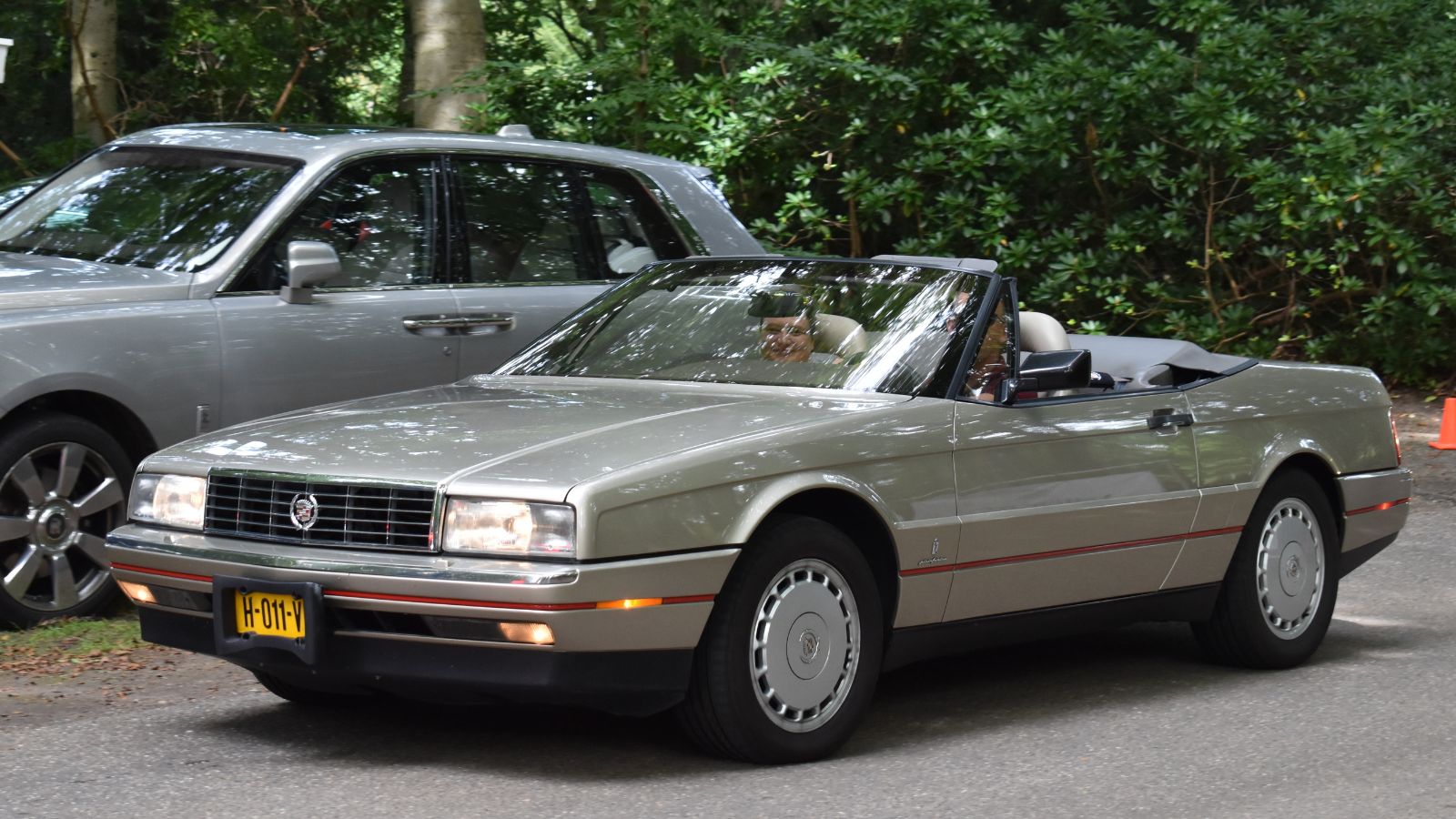
Cadillac’s Allanté was essentially a posh Frankenstein’s monster: the bodies were flown from Italy to Detroit in specially modified Boeing 747s, a process whimsically dubbed the “Allanté Air Bridge.” The car boasted a 4.1L V8 engine and high-tech digital displays, but its $54,000 price tag (over $130,000 today) made wallets weep. Often misunderstood as an overpriced oddity, it failed to capture the hearts of luxury car buyers, wrapping up production in 1993. The Allanté now enjoys a niche fanbase, appreciated for its unique place in Cadillac’s history.
Honda Insight (1999)
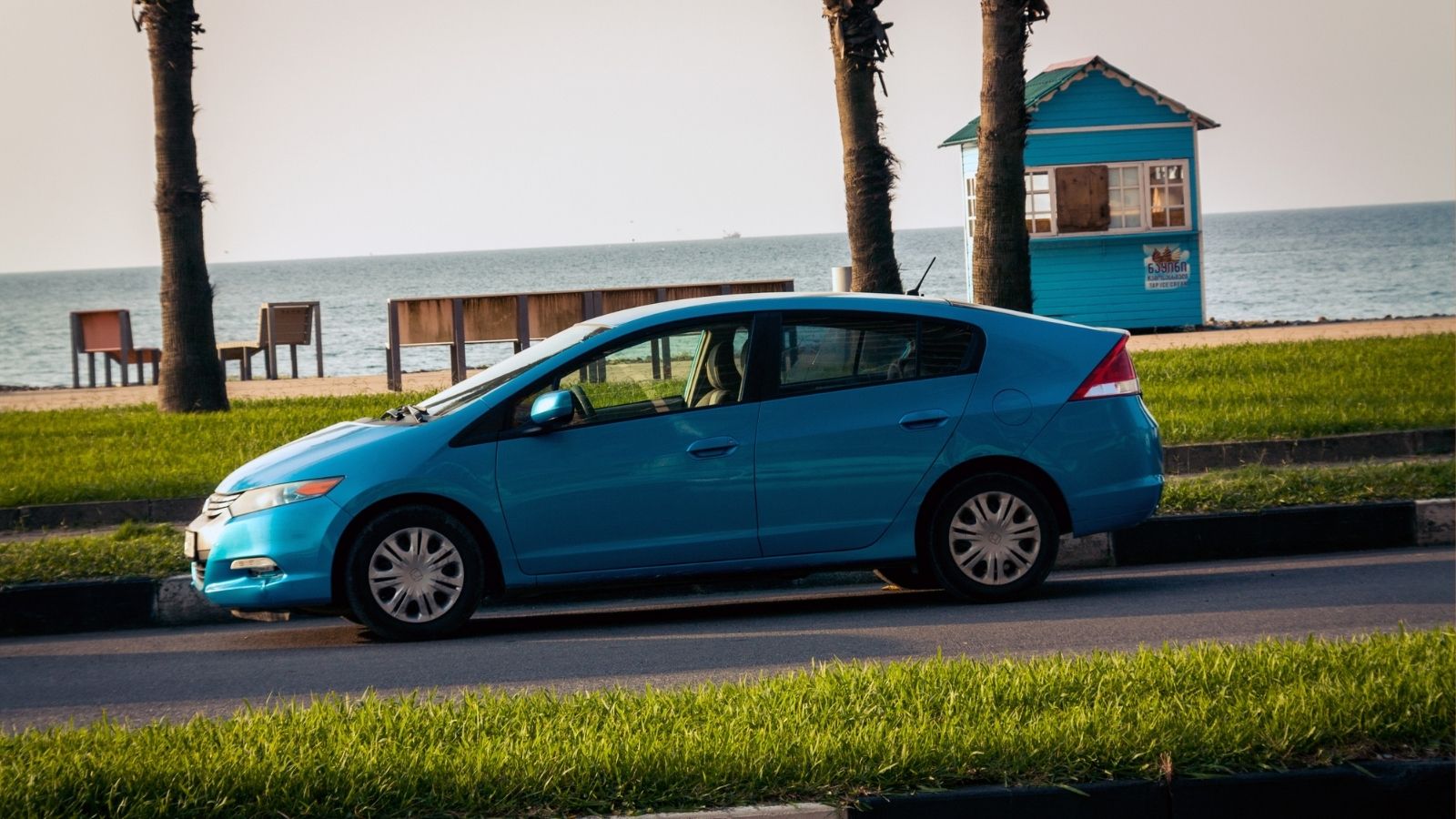
The first-generation Honda Insight was America’s first hybrid vehicle, designed with an ultra-aerodynamic body and lightweight construction to maximize fuel efficiency. Despite its pioneering technology, its two-seater configuration and unconventional looks limited its appeal. Insight was a visionary who got its style points but didn’t consistently score high in the “mainstream appeal” category.
Plymouth Prowler (1997)
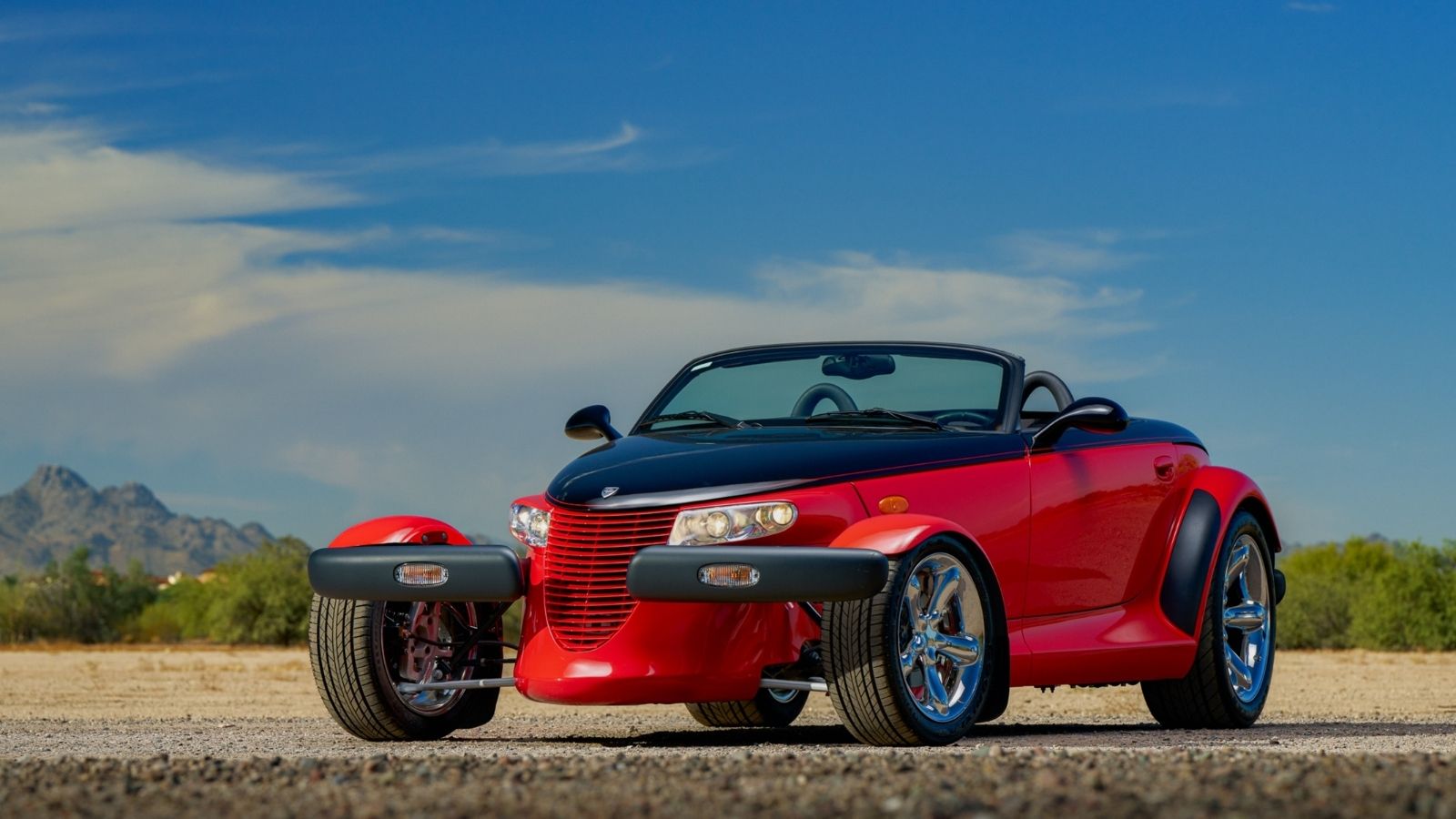
The Plymouth Prowler was a retro-styled roadster that looked like a hot rod from the 1930s. Its design sported retro styling cues with exposed front suspension and a sleek roadster look. Its bold design was polarizing, and its performance did not match its aggressive looks as enthusiasts hoped for a muscle car with a roaring V8, but instead, they got a 3.5-liter V6, leading to mixed reviews. Nevertheless, its quirky charm and distinctive design have earned it a place in automotive history, even if it never quite fit in.
14 Cars with a Reputation for Running Forever and Why They Outperform the Rest
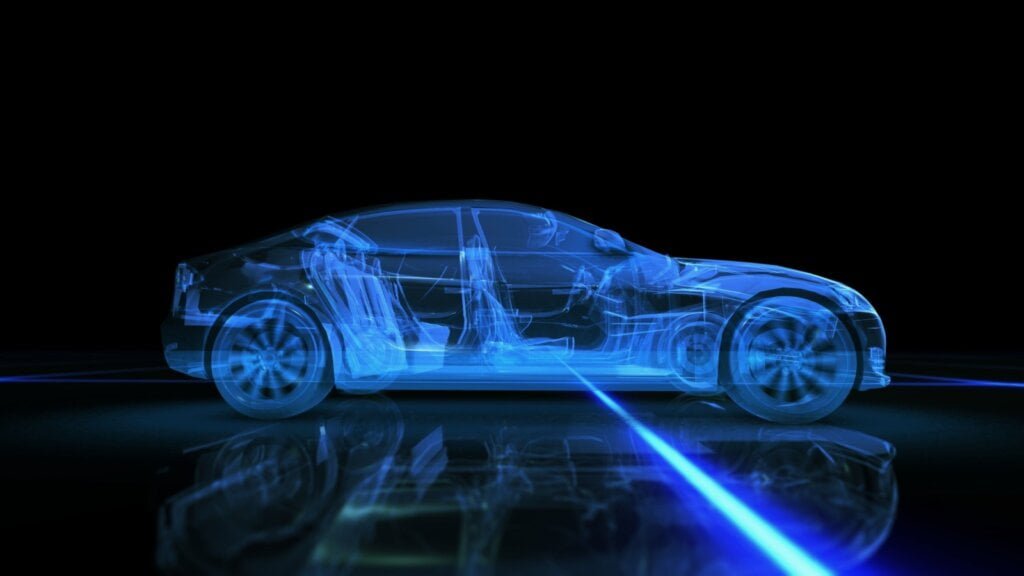
In the dynamic world of automobiles, some cars stand out for their remarkable longevity and enduring performance. These road warriors have earned a reputation for running seemingly forever, outpacing their counterparts. This article will explore 14 such vehicles and the reasons behind their legendary durability.
14 Cars With A Reputation For Running Forever And Why They Outperform The Rest
